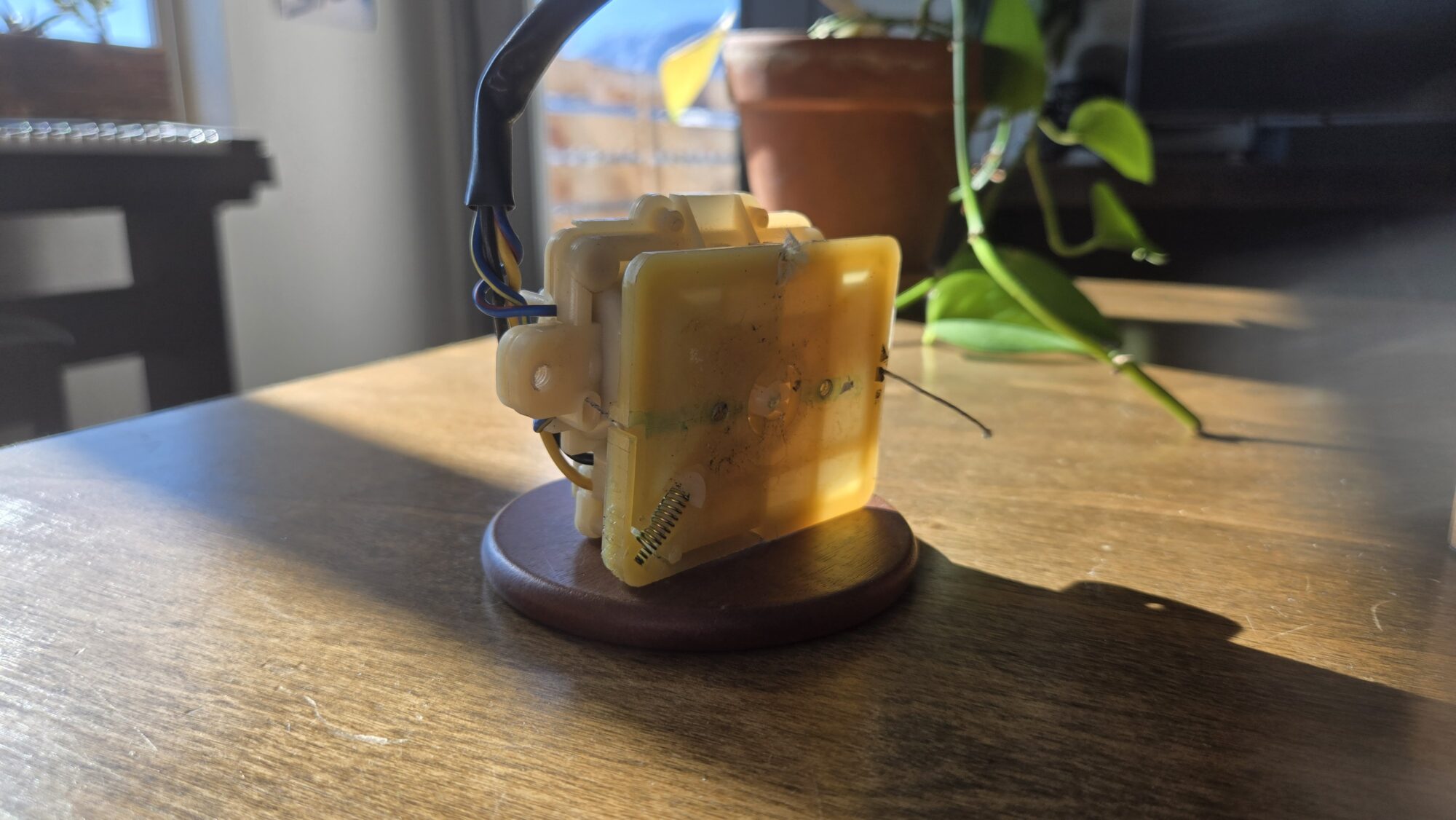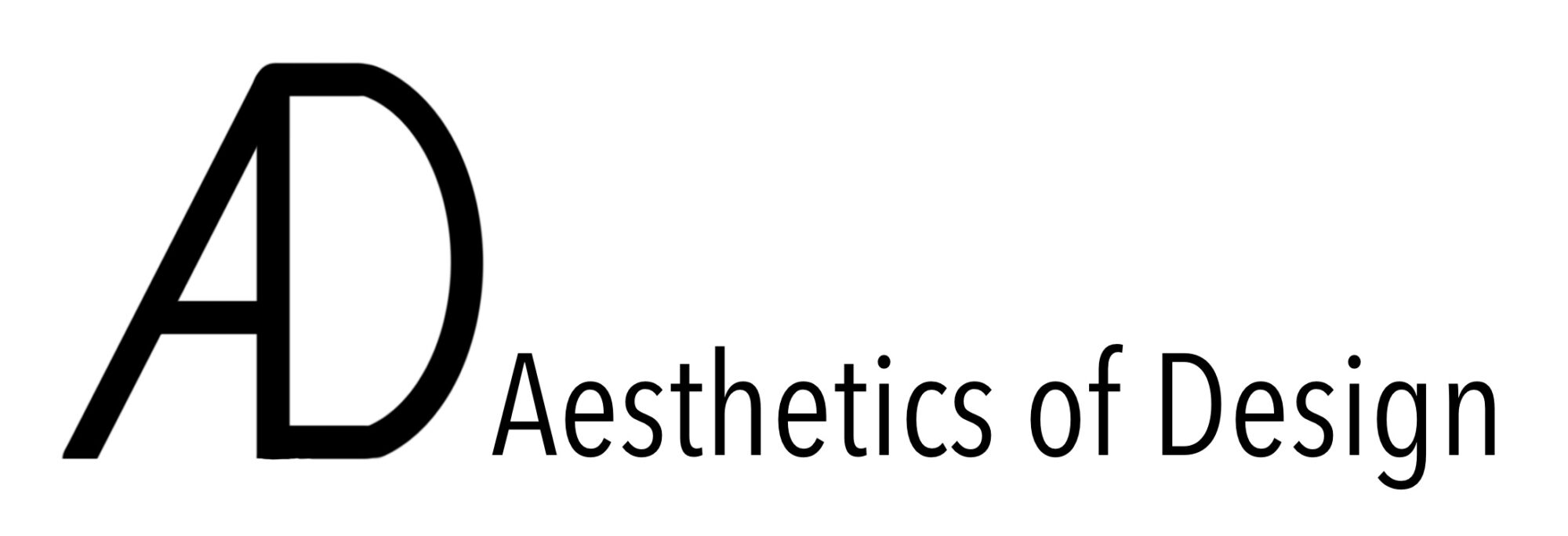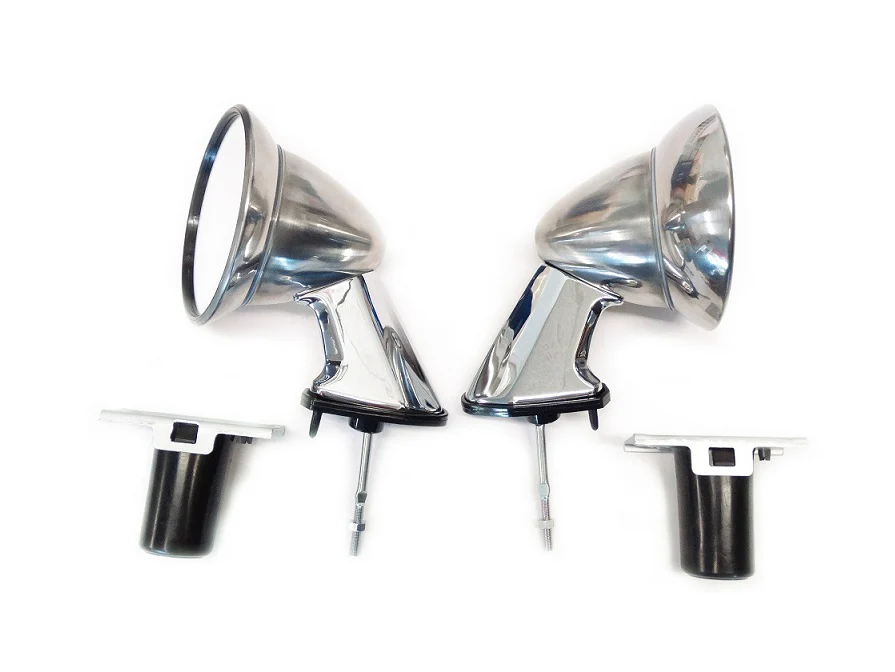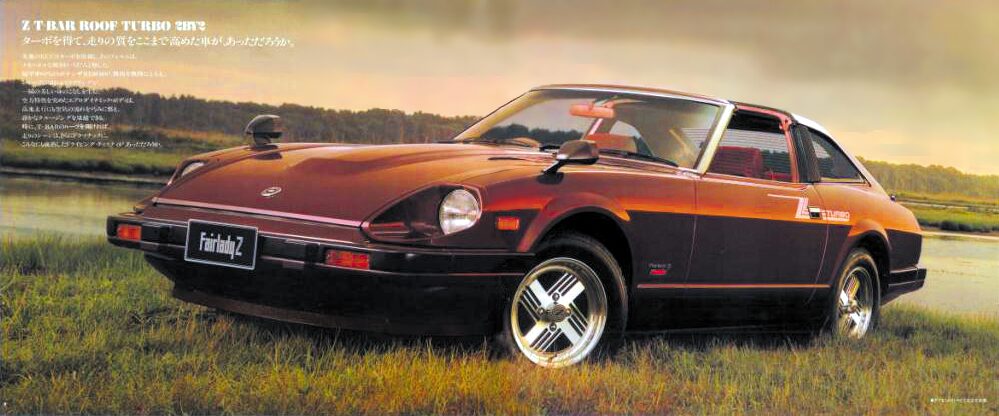My upcycle project is a set of powered vehicle fender mirrors, designed with inspiration from the sleek, classic aesthetics of the 1960s and 1970s. These decades were known for their distinct automotive styling, where form and function blended seamlessly into striking designs. I want to capture that same essence while integrating modern functionality through powered adjustability.
My vision is to create mirrors that hold the charm of vintage bullet-style fender mirrors, commonly found on classic European and Japanese sports cars. These mirrors, characterized by their rounded, streamlined housings and round glass lenses, contributed to the unmistakable look of cars from that era. Unlike modern side mirrors mounted on doors, fender mirrors provide a unique aesthetic and a different viewing angle, often improving visibility by reducing blind spots.
Rather than simply replicating these retro designs, I plan to incorporate an organic flow in the structure—one where the mirror assembly appears to emerge seamlessly from the vehicle’s hood, forming a continuous, elegant curve into the mirror housing. This integration will give the mirrors a more intentional, sculpted look rather than appearing as a tacked-on accessory. My hope is to incorporate these mirrors into my retromodded 1982 Datsun 280zx.

The heart of this project is the use of upcycled materials. I intend to salvage and repurpose electric motor components from discarded automotive or electronic devices. These motors will provide adjustability, allowing the mirrors to be controlled electronically rather than requiring manual positioning.
Additionally, the mirrors themselves will be sourced from reclaimed materials, potentially from old automotive components or other recycler sources.
Merging vintage aesthetics with modern functionality presents some interesting engineering challenges. The first is ensuring that the powered adjustment mechanism fits within the compact, bullet-shaped housing without disrupting the overall design. Since most vintage fender mirrors were purely mechanical, finding a way to integrate a discreet motorized adjustment system will require careful planning. I hope to take inspiration from some luxury Japanese cars of the time.
Another consideration is the mounting method. Classic fender mirrors were often bolted directly onto the fender with minimal adjustment options. I will need to design a mounting system that allows for secure attachment while accommodating the necessary wiring for the powered mechanism. Weatherproofing is also crucial, as these components will be exposed to the elements.
OpenAI. (2025). ChatGPT [Large language model]. https://chatgpt.com prompt: “Please refine my blog post.”




1 Comment. Leave new
Hey Tyler, I love the aesthetic you have selected, that sleek, clean, modern and functional look is a close cousin to my favorite “visions of future” 60s style which was inspired by the space race. I am curious however what you think the appeal of this aesthetic is? And with this question, I am really asking you to think about the design features; why do you think we are drawn to curvature or shiny materials? Why do you think those shapes elicit feelings of nostalgia, which are so commonly the magnetic draw of the aesthetic.
If you have not read the book the “Your Brain on Art” I highly recommend you do so, even if it’s just the first couple chapters. This book delves in to the psychology of design and aesthetic and why we are drawn to certain shapes, colors, textures, materials etc and what they can do to our underlying neural processes. I think you may find it intriguing as you are following design features which already are compelling and psychologically stimulating, and may find some design inspiration for your final piece for the class.
Thanks!
Andrea